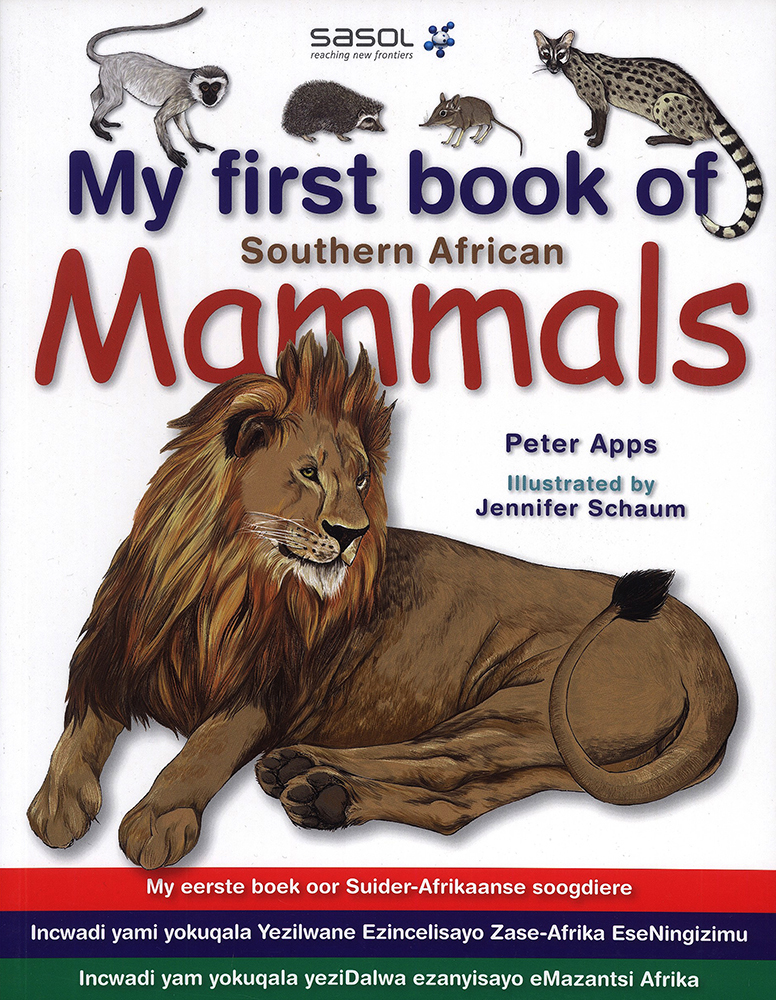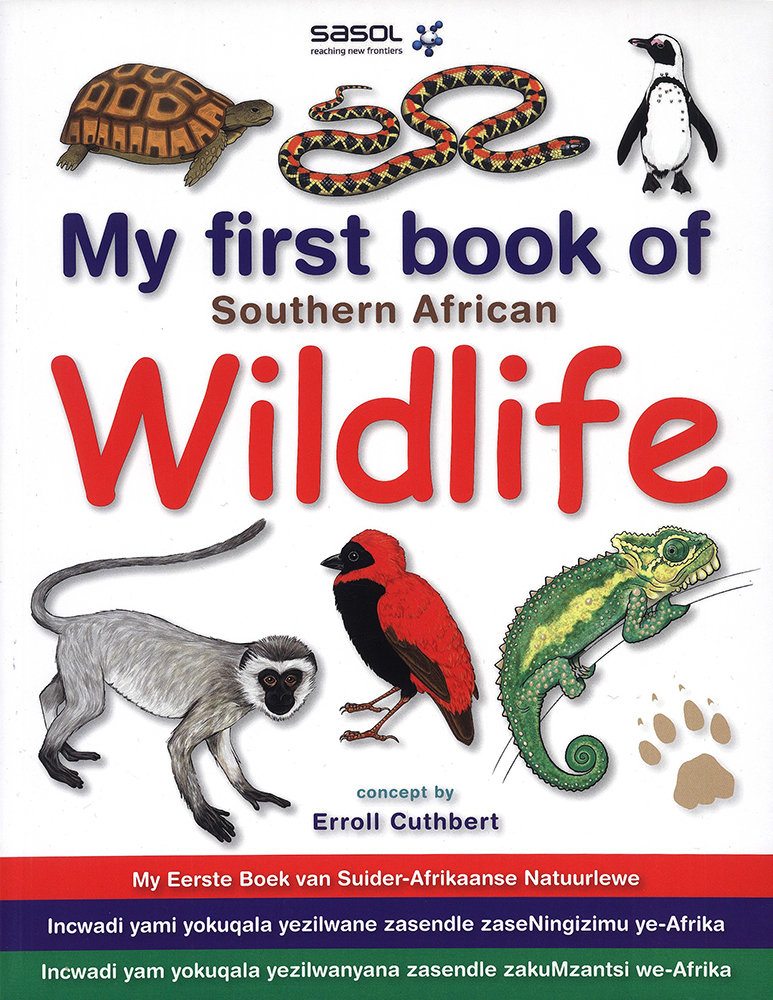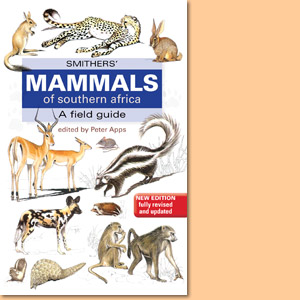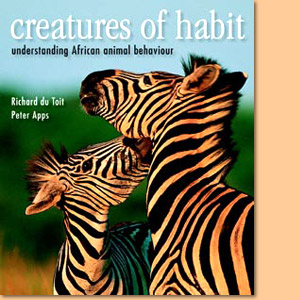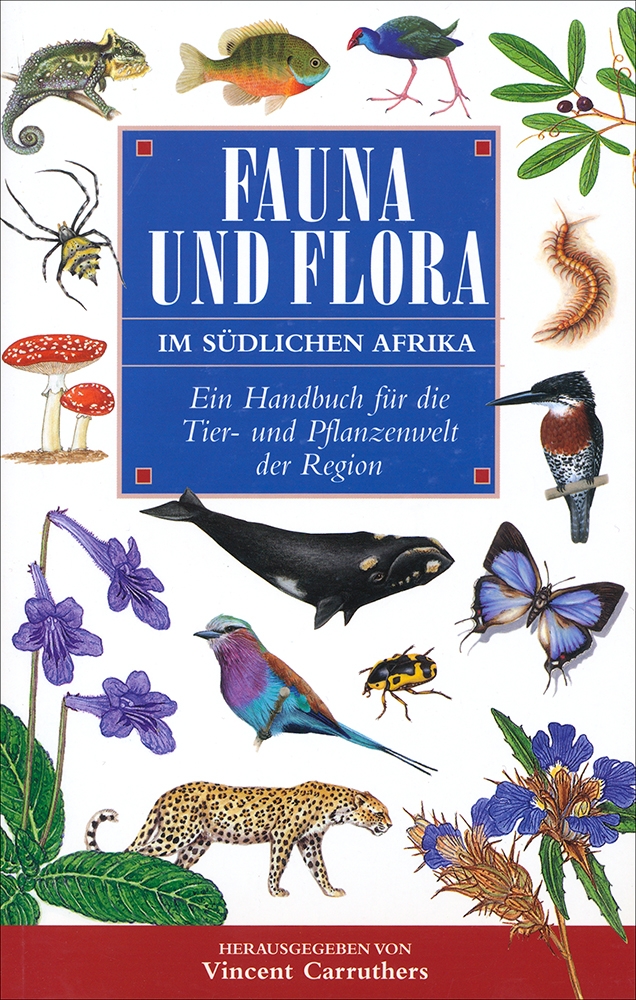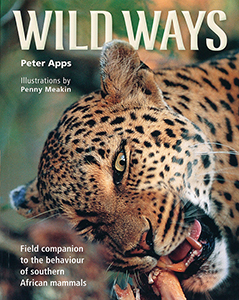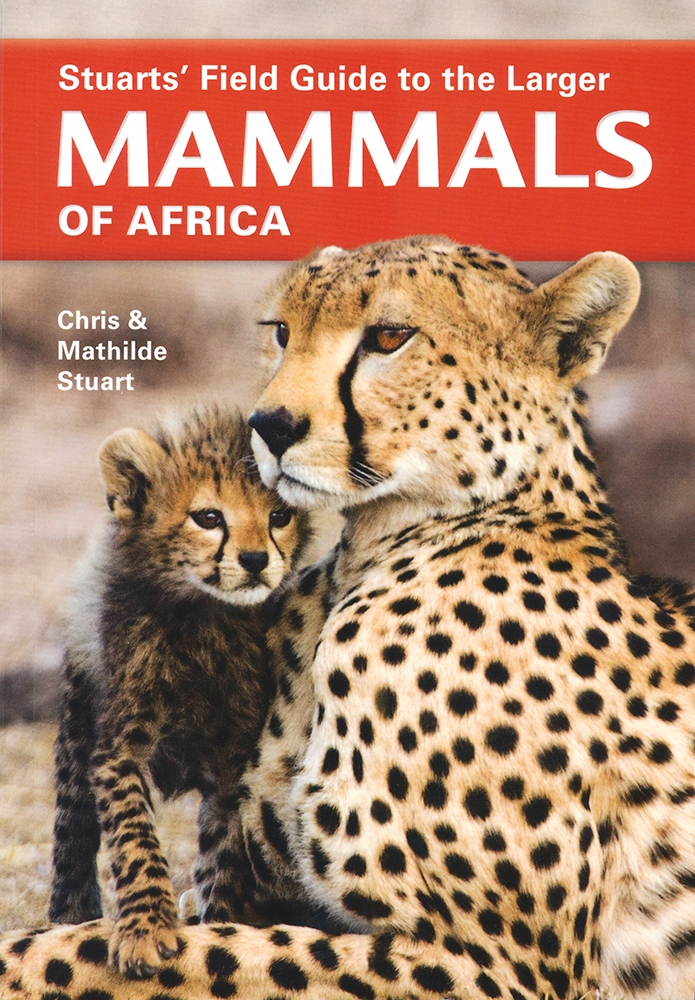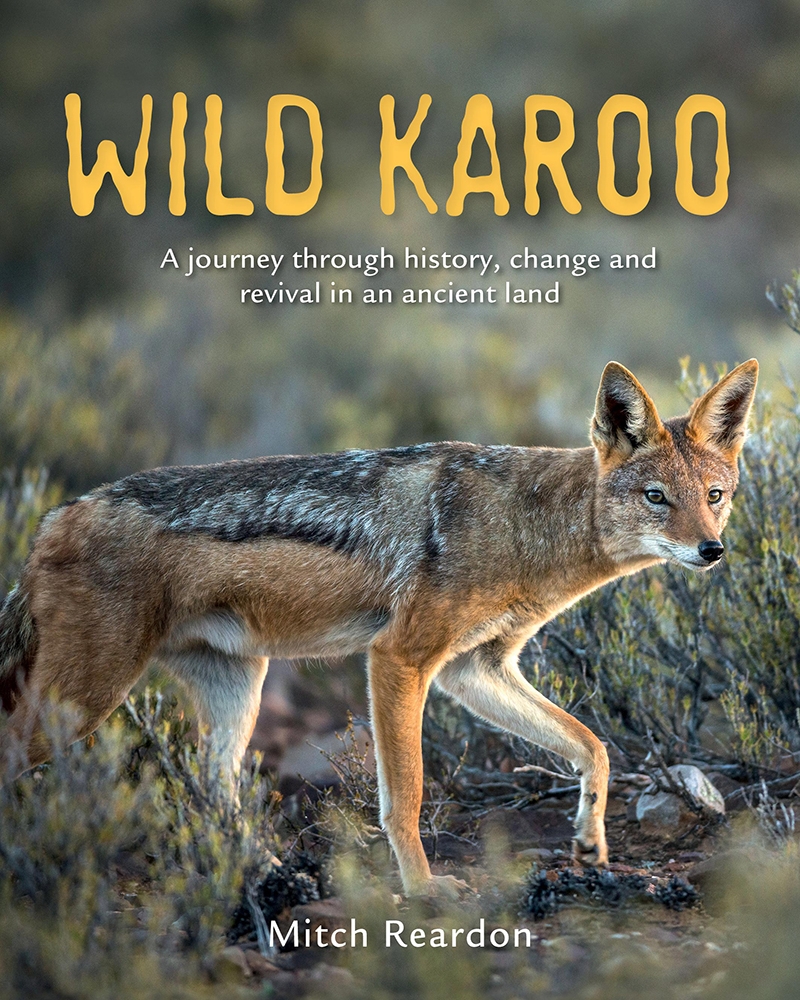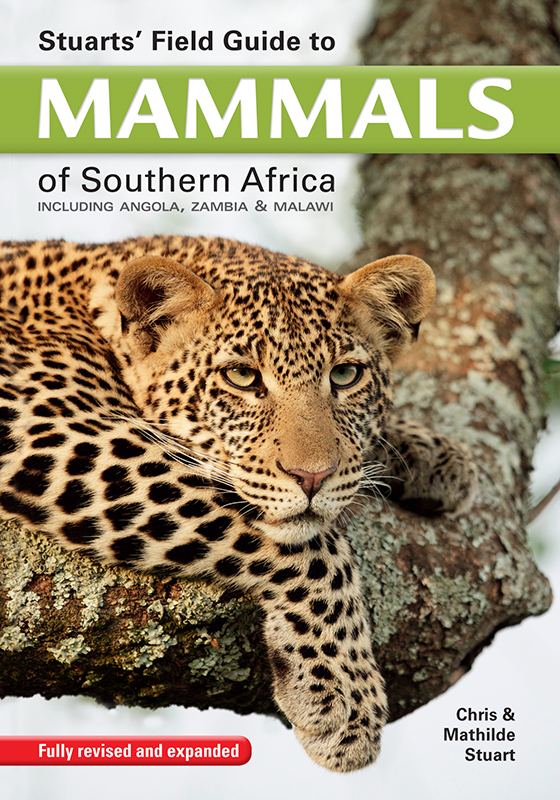Wild ways. Field guide to the behaviour of Southern African Mammals, by Peter Apps
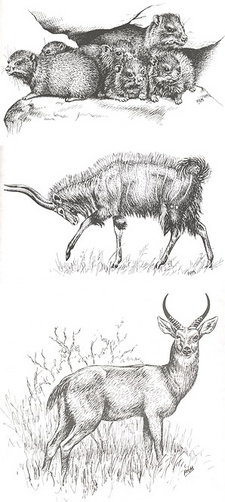
Wild ways. Field guide to the behaviour of Southern African Mammals, by Peter Apps and Penny Meakin. Cape Town, South Africa 2014; ISBN 9781920544850 / ISBN 978-1-920544-85-0
Introduction by Peter Apps and Penny Meakin: This book is aimed mainly at amateur naturalists, visitors to National Parks and other conservation areas, hunters, hikers, farmers and others who take their leisure or make a living in the places where southern Africa's mammals are still to be seen.
I hope at the same time that it will be useful, at least as a starting point, to those who are professionally involved with wildlife but who are not specialists in the study of animal behaviour - especially film makers, journalists, authors and tour guides who have the privilege and responsibility of bringing to the general public an appreciation of the richness and complexity of our natural heritage. For the specialist, who knows where to find it and how to use it, the scientific literature will provide more detail and greater depth than could ever be compressed into a book like this one. The 1983 publication of Reay Smithers' authoritative The Mammals of the Southern African Subregion has been followed by the appearance of a variety of very good field guides to the identification, distribution and general biology of southern Africa's mammals. This guide is intended to complement the others by providing more detail on behaviour for readers interested in not only what species an animal belongs to but also what it is doing, and why. The extent of our knowledge about the behaviour of southern African mammals is variable in the extreme. For some species no more is known than some of the things they eat and whether they are active by day or by night. About other species whole books could be, and have been, written. In deciding what to squeeze into the limited space of a field guide I took into account the abundance, distribution and habits of the various species and included only those whose behaviour an amateur had some chance of actually observing. Consequently many of the bats and rodents, and nearly all of the marine mammals have been left out. The taxonomic arrangement, and common and scientific names, follow the up-dated edition of Reay Smithers' Land Mammals of Southern Africa - A Field Guide (1992, Southern Books) except that some marine mammals have been included. To make cross-referencing easier I have given the 'Smithers number' from The Mammals of the Southern African Subregion (1983, University of Pretoria). To save undue repetition, behavioural features that occur in all members of a taxonomic group who have most of their behaviour in common are presented at the beginning of the appropriate section. For most mammals what they do rather than why they do it is as far as our knowledge goes. Establishing the reasons for behaviour needs more detailed study than the great majority of species have received. It is for this reason that most of the following chapters are descriptions of what southern African mammals do, where, when and how often they do it, and who they do it with, rather than why they do it. I have not always been able to draw on work done in southern Africa - some-times the only available information has been obtained north of the Zambezi. In such cases I have had to assume that the behaviour and its causes are cosmopolitan. Some professional biologists may rebuke me for telling 'just-so' stories. I can only answer that some of the stories might just be so, and that there is not nearly enough space in this book to go into the issues involved. To keep within the size of a field guide I have had to summarise, simplify and skip certain things. Some peoples' favourite animals and pet theories have had to be neglected, and the pictures of behaviour have had to be painted with a rather broad brush. For readers who would like more detail I have included a list of further reading. When using this book you should keep in mind that at any time animals can do something that the theories do not predict. That, of course, is one of the reasons why ethology is so exciting!
This is an extract from the book: Wild ways. Field guide to the behaviour of Southern African Mammals, by Peter Apps and Penny Meakin.
Title: Wild Ways
Subtitle: Field companion to the behaviour of southern African mammals
Author: Peter Apps; Penny Meakin
Genre: Fauna, Mammals
Publisher: Random House Struik
Imprint: Nature
Cape Town, South Africa 2014
ISBN 9781920544850 / ISBN 978-1-920544-85-0
Softcover, 18 x 23 cm, 220 pages, throughout colour photographs
Apps, Peter und Meakin, Penny im Namibiana-Buchangebot
My first book of southern African mammals
My First Book of Southern African Mammals introduces a cross-section of 58 animals.
My first book of Southern African wildlife
My first book of Southern African wildlife introduces children to 58 mammals, 58 birds and 56 reptiles.
Smithers' Mammals of Southern Africa
Smithers’ Mammals is an authoritative and popular guide to the mammals of Southern Africa: Fully revised & updated edition.
Creatures of habit. Understanding African animal behaviour
Creatures of Habit explaines the habit of Africa animals and helps to understand their behaviour.
Fauna und Flora im südlichen Afrika
Fauna und Flora im südlichen Afrika: Ein sehr beliebtes Handbuch für die Tier- und Pflanzenwelt der Region.
Wild Ways: Field companion to the behaviour of southern African mammals
Wild ways, field companion to the behaviour of mammals, explains how animals in Southern Africa behave and why they do so.
Weitere Buchempfehlungen
Stuarts’ Field Guide to the Larger Mammals of Africa
Stuarts’ Field Guide to the Larger Mammals of Africa concentrates on the more visible and easily distinguished larger species.
Stuarts' Field Guide to Mammals of Southern Africa
Stuart's Field Guide to Mammals of Southern Africa covers near to 400 mammal species including Angola, Zambia and Malawi since the 5th edition of 2015.

